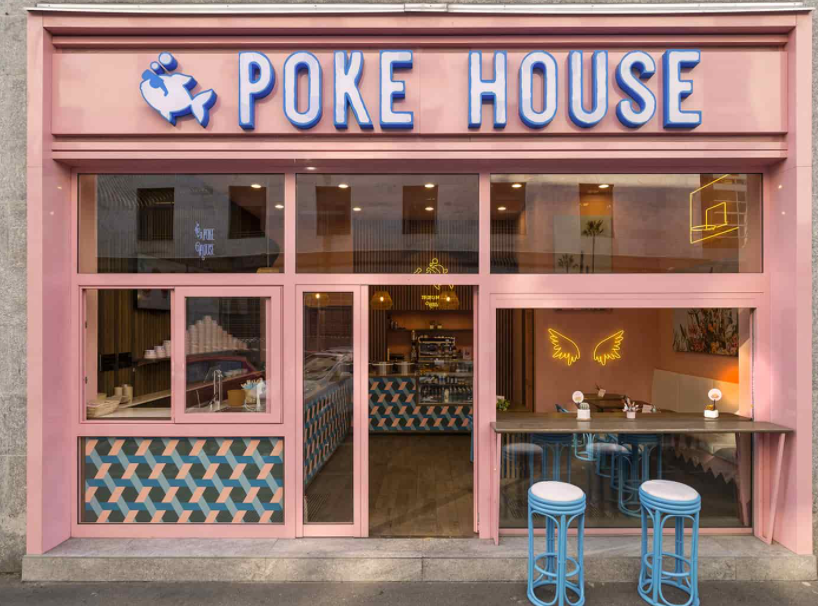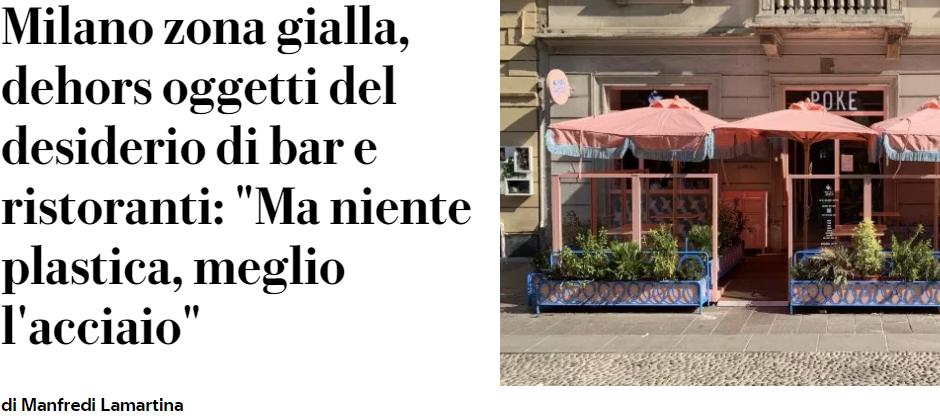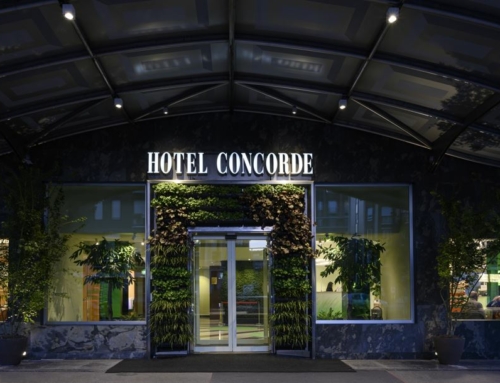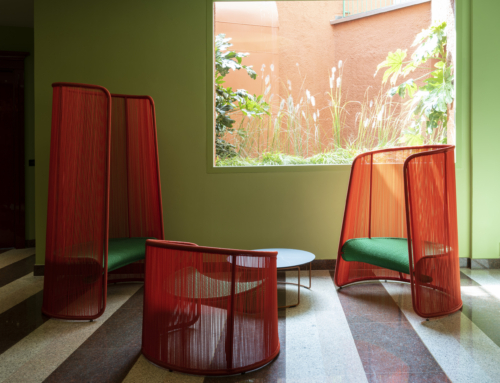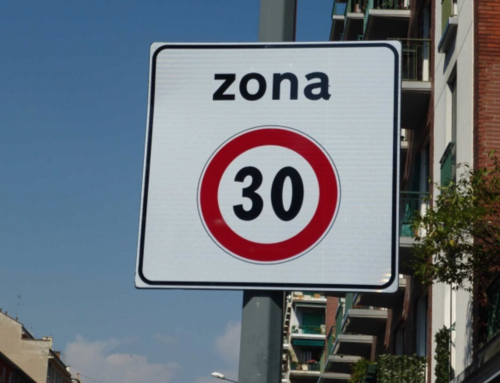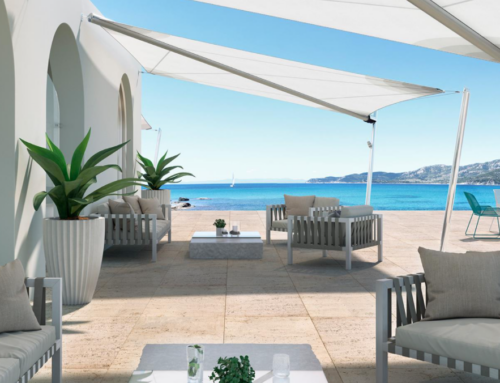Nightlife and restaurants will have one more factor to count on: the dehors. Without it it will be difficult to open. In front of the Municipal Zoo in via Melzo there is a worker who is beginning to delimit the area intended to house the external area reserved for customers. It is a rectangle of white paint more than ten, or maybe even fifteen meters long. He tells us what the gazebo will look like once it's finished: “If it doesn't have to last over time, just use any wood for the flooring, the important thing is that it has a thickness of two and a half centimeters or something less, as long as it is able to bear the weight of the people, of the tables, of the chairs”, he says, as he strokes the asphalt.
After the platform (which usually has a variable cost of around two thousand euros, depending on the size) it will be the turn of the woven wooden bulkheads, with panels two meters high, where there will probably also be a creeper. "To build a structure like this - he continues - you need a maximum of two people and a couple of days of work". Inside the club is Gabriele Palella, 28, head barman, who explains that they are building what in jargon is called stalls, or "a platform with umbrellas. Clearly we will have to keep our distance, two meters of sitting between one table and another". The Municipal Zoo opened in September 2020, when it seemed that the worst was over. Palella says that Porta Venezia is divided into two parts, that of via Lecco and that of via Melzo. “The Lecco part died in this period of red and orange areas due to the takeaway prohibited after 6pm – says Palella – while Melzo has held up better because there are many places with Ateco catering code, therefore with takeaway until 22pm ”.
The gazebo and the stalls actually become decisive in trying to stem the collapse of the budgets of many activities in the sector. According to Biscarini, a Milanese company founded in 1972 and specialized in the construction of these structures, over the last twelve months there has been an increase of about 30 percent in the demand for dehors and outdoor chairs and tables. The use of materials such as steel and aluminum is preferred. Custom-made pillars and beams (but also stained glass windows) are produced by a blacksmith. The kiosk is assembled for the first time inside the manufacturer's premises, to verify that the required dimensions have been respected, and is then disassembled and reassembled in the place of destination. In general, the cost can fluctuate between 20,000 and 100,000 euros, but the price can even drop by half if we are talking about buildings that do not have a roof but umbrellas.
Vittoria Zanetti, 30, is the co-founder of Poke House, a chain of restaurants focused on the poke bowl, a typical Hawaiian dish based on diced raw fish, rice, salad, fruit and sauces. “We feel lucky – she says – because we have managed to move forward thanks to delivery”. Many of the places with the Poke House sign have wooden terraces: “It is a material that is not really durable – explains Zanetti – we have learned that over time. Now we use treatments, mainly in wax, to make the wood shiny if necessary. We use little metal and only when it is really needed, for example for chairs, while plastic is banned". Some gazebos are bordered by planters, while others have a glass structure that allows the necessary air circulation at all times.
For today's restart test, commissioner Maran coined the hashtag #MISiedoFuori: "Tomorrow from 13.30 pm - is the invitation - we will do a live broadcast on many fb pages: post your photo with your morning coffee or with the break lunch with “MIsiedofuori”. Let's help the restart ".

